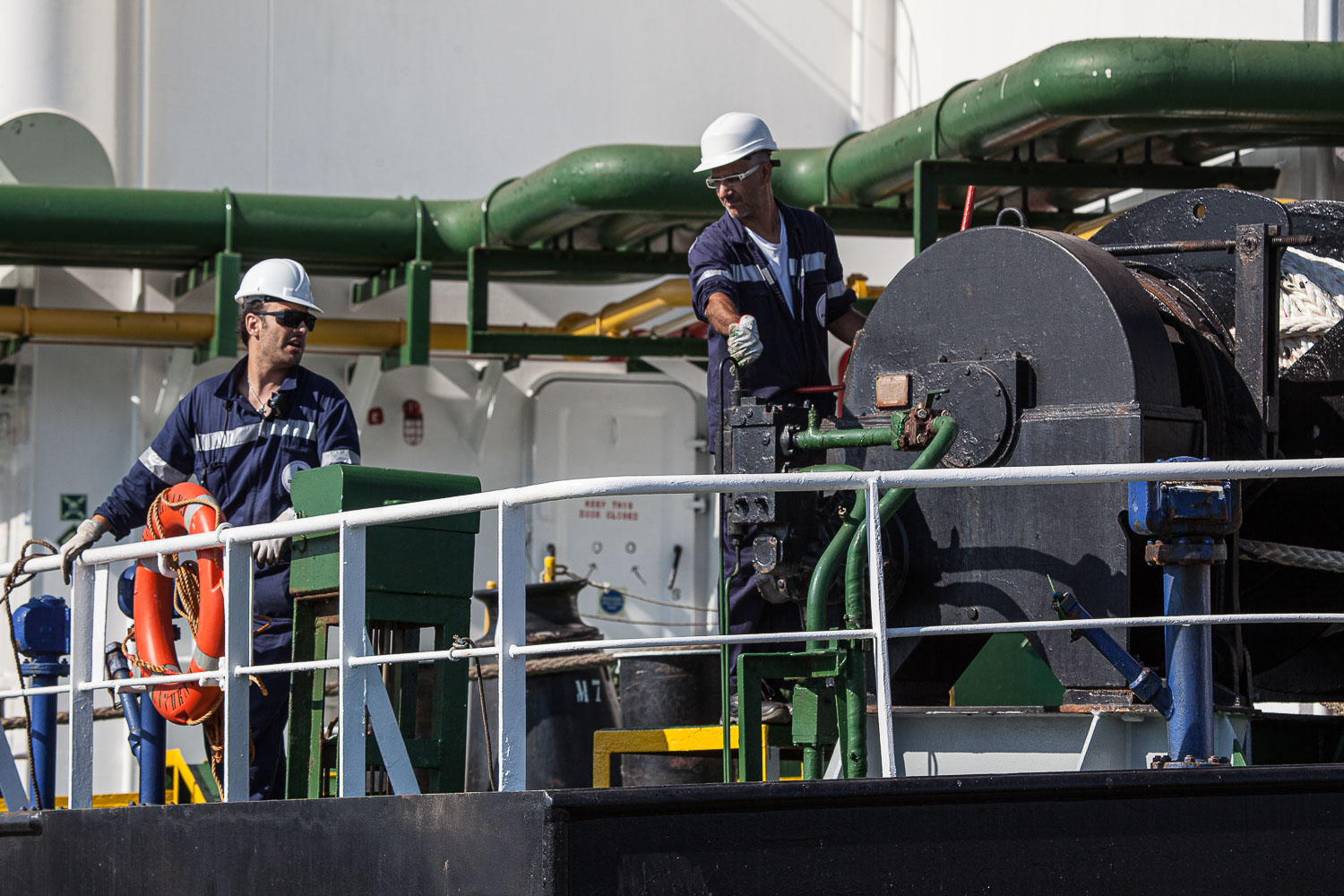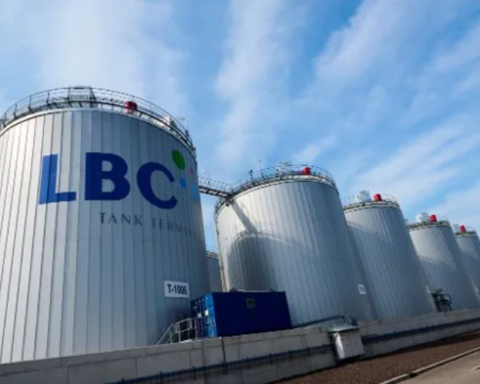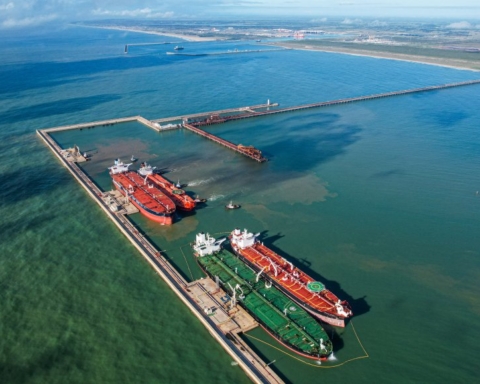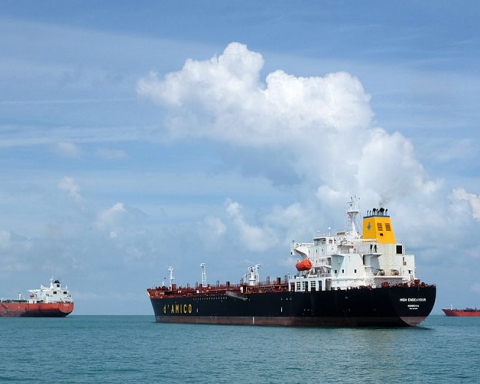The market for tankers transporting refined petroleum products has been highly volatile during 2020. In order to understand the dynamics involved behind this market, we interviewed Enrico Paglia, research manager at Costa Banchero, the historical Italian broker that currently boasts a strong international presence with a network of 500 people in 11 countries around the world.
What were the drivers behind this extremely volatile market?
As expected, from the end of 2019, product tanker freight rates have started to rise sharply due to both seasonal factors and the imminent introduction of legislation limiting the sulphur content of marine fuels to 0.5%, the so-called Global Sulphur Cap 2020. At the beginning of 2020 the freight rates for Medium Range vessels, by far the most popular ship size among product carriers, were already around $25,000 per day.
What effect did the lockdowns have?
If we look back at our personal consumption of gasoline or diesel or, even worse, the months when the skies were completely free from trails of aircraft that were stranded on the ground, it is not surprising that global fuel demand dropped 20 percent during the first 6 months of 2020.
This had a surprising effect on freight rates…
At first, the MR’s freight rates quickly skyrocketed to over $80,000 a day. It was feared that there was not enough space on the ground to store the fuels that the refineries continued to produce and that the market could not absorb. There was great reliance on storage on board ships. It is estimated that about 300 units at the peak of this phase were used for storage, a huge number.
Then what happened?
Subsequently, with the slackening of the pandemic prevention measures, consumption slowly resumed, gradually easing the pressure on storage. Since the cost of storage on board a ship is much higher than on land, the number of ships used for storage has rapidly decreased. Many product tankers have therefore returned to the market in search of new uses, especially at a time when refinery utilization rates, and therefore their output, had finally dropped. The effect on the freight market was devastating. In May the Atlantic market went from $85,000/g to less than $20,000/g in just over 3 weeks
What is the current situation?
Freight rates continued to fall until the end of June when the Atlantic Triangulation recorded freight rates below $10,000/g. In July the market rose slightly and in August the average was just under $18.000/g. This is a good rate in absolute terms, although in many geographical areas, including the Mediterranean, the situation is very difficult. The market east of Suez has recorded a fairly similar trend, but the downturn has been even more devastating with the Pacific triangulation falling below $3.000/g in July.
What can we expect for the future?
All you can do is navigate by sight. The growth of the fleet does not raise particular concerns: the orderbook from now to 2022 is fairly modest and, considering the economic and financial context, we do not expect a significant increase in new orders. Clearly, what is worrying is the risk of a second wave of the pandemic and the effects it may have on demand.
Translation by Giles Foster




